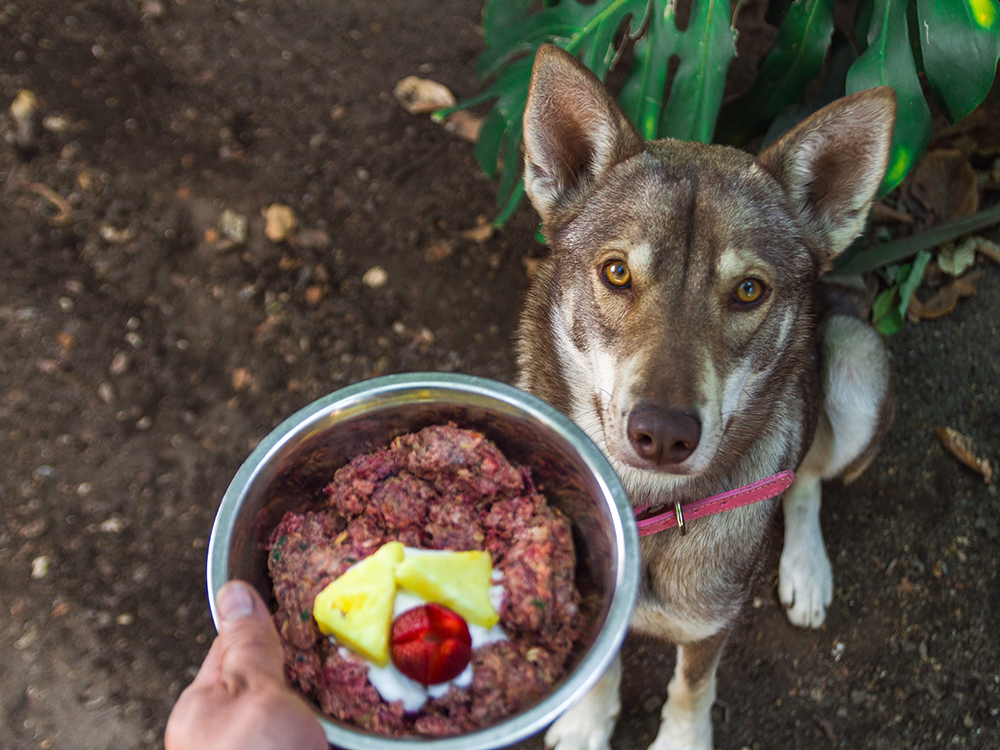The raw dog diet, commonly referred to as a raw or BARF diet (Biologically Appropriate Raw Food (also known as bones and raw Food), has gained an enormous amount of popularity among pet owners looking to provide their dogs with an organic and healthy diet. This type of dog food is based on feeding dogs raw meat bones, food, fruits and other vegetables, akin to the food their ancestors may have eaten in the wild. Here’s a comprehensive look at the essential information you need to be aware of concerning raw dog food.
1. What is Raw Dog Food?
raw meat for dogs consists of uncooked meat, organs, bones, and sometimes vegetables and fruits. Some believe that this kind of diet is more in line with a dog’s evolutionary diet that consisted mostly of prey animals and their components. There are many ways to prepare raw dog food, including homemade diets as well as commercially prepared raw food.
2. Benefits of Raw Dog Food
Advocates tout numerous benefits of eating a raw diet. They frequently mention improvement in coat condition, higher levels of energy, better dental health, and less allergies. Some owners report that their dogs are less prone to gastrointestinal issues and better weight management when they feed raw food. Raw food is believed to be more nutrient-rich compared to some processed kibbles, which can be the reason for the positive results.
3. Risks and Considerations
While raw dog food has its supporters, it is also a product with risks. One of the biggest concerns is the risk of bacterial contamination such as Salmonella or E. coli, which can pose health risks to both animals and humans. The proper handling of food and hygiene are essential when dealing with raw ingredients. In addition, a raw food diet should be adjusted to meet all of a dog’s nutritional needs. Unbalanced or inadequate diets could result in deficiencies or health problems over the course of time.
4. Commercial vs. Homemade Raw Food
Commercial raw dog food options often are available in freeze-dried or frozen form and are formulated to be nutritionally sound. They provide convenience and decrease the risk of nutritional imbalances if sourced from reliable businesses. Home-cooked raw diets require meticulous planning and preparation to ensure that all nutritional needs are met and to avoid potential health risks. Consultation with a vet or a pet nutritionist is strongly recommended for those opting to make raw food at home.
5. Transitioning to Raw Dog Food
The transition of a dog’s diet to a raw diet should be done gradually to avoid digestive upset. Introduce raw food slowly, while watching your dog’s reaction. Regular check-ups with your veterinarian are vital to track your dog’s health and modify the diet when needed.
In conclusion, raw dog food can be a beneficial and natural option for dogs, but it requires careful consideration and control. Whether choosing commercial options or preparing homemade meals maintaining an appropriate diet and safe food handling practices are essential to ensure a smooth transition and a healthy outcome for your furry friend.



